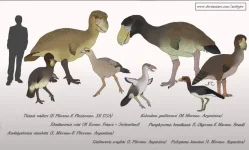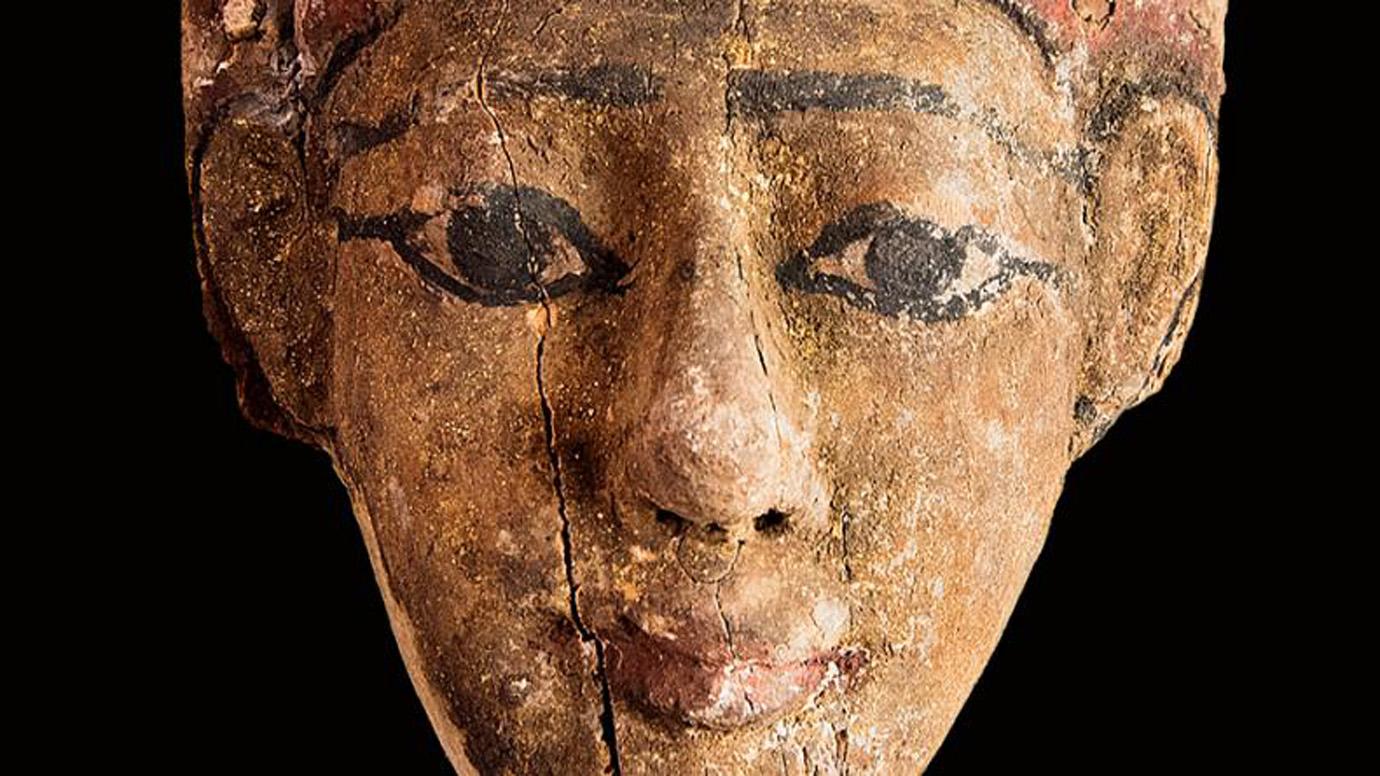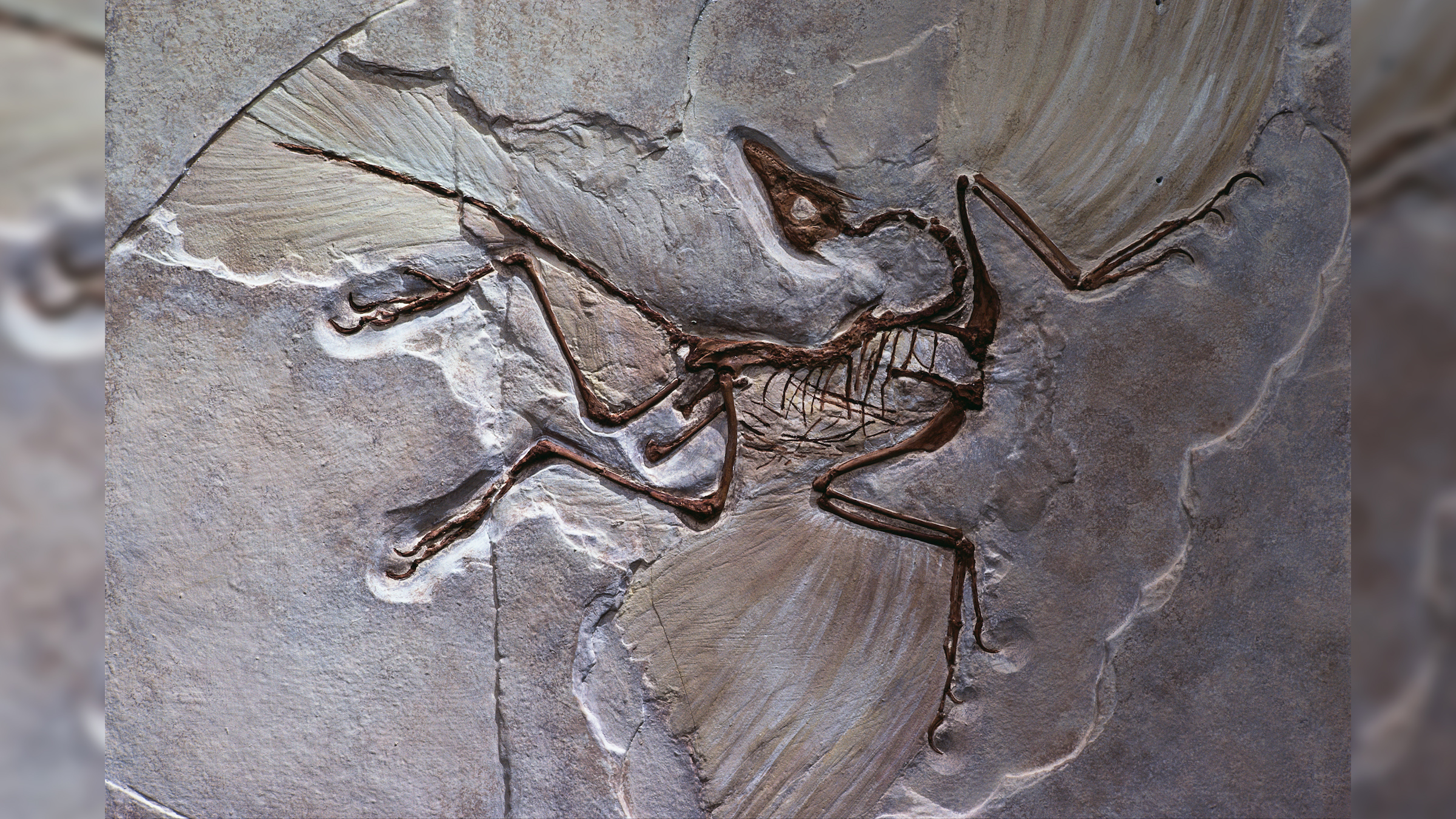Building fossils starts after the organic parts of an animal break down, leaving the bones behind. Learn more about the process of building fossils.

science.howstuffworks.com
"
How Fossils Work
Most of the
dinosaur skeletons you see in museums exist because of sedimentary rocks. These fossils got their start when a dinosaur died in an environment that had lots of moving sediment, like an ocean, riverbed or lake. One such place is the
benthic zone -- the deepest part of a body of water. This sediment quickly buried the dinosaur, offering its body some protection it from decomposition. While the dinosaur's soft parts still eventually decomposed, its hard parts -- bones, teeth and claws -- remained.
But a buried bone isn't the same thing as a fossil -- to become a fossil,
the bone has to become rock. The
organic parts of the bone, like
blood cells, collagen (a protein), and
fat,
eventually break down. But the
inorganic parts of the bone, or the parts made from minerals like calcium, have more staying power. They remain after the organic materials have disappeared,
creating a fragile, porous mineral in the shape of the original bone.
Other minerals reinforce this bone, burning into a fossil. Water gradually makes its way into the bone, carrying minerals like iron and calcium carbonate picked up from the surrounding sediment. As the water penetrates the dinosaur's bones, some of these minerals
precipitate into their microscopic pores. As this process continues, the bone becomes more and more rocklike. It's like filling a sponge with
glue -- the sponge's physical structure stays the same, and the pores and pockets within it fill up. The glue makes the sponge sturdier and more resistant to damage. Large, thick bones, which have more room for mineral glue, make better fossils than small, flat bones.
Even if true, the carbon dating is only good until 60k years.






